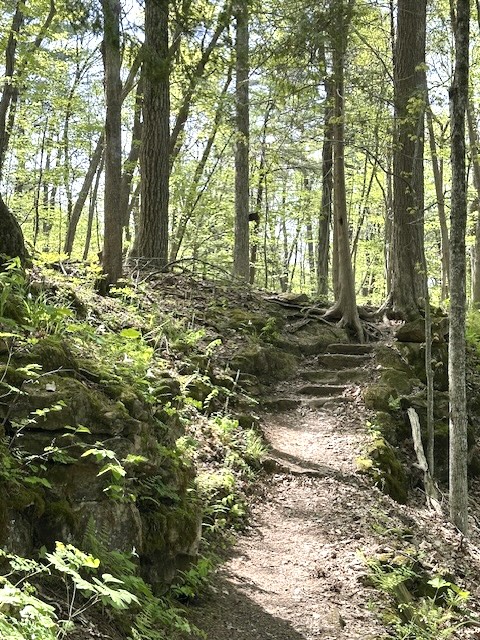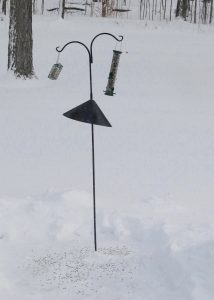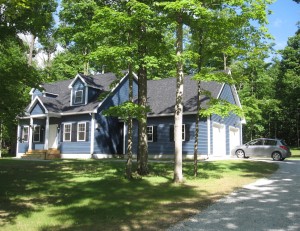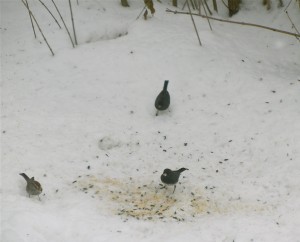May 14 2025
A Beautiful Day in May

Back in Niquette Bay State Park yesterday, a hermit thrush sang its morning song as I meandered along the perimeter trail. I took my time, hiking as slowly as possible, checking out the wildflowers along the way.
White trilliums flowered conspicuously. Miterwort, columbine, wild ginger, and a host of other wildflowers were also in bloom. False Solomon’s seal and a few more will flower soon. They’d better hurry, though. The leafy canopy overhead is already thickening.
Dozens of other hikers, mostly gray-haired like me, were also enjoying the sunshine, warm temps, fresh air, and mostly dry trail. I chatted briefly with some of them in passing. The general mood was delight at being in the woods on such a beautiful day in May. On a day like this, it seems like all is right with the world, despite the darkness that humankind brings down upon itself.
I broke a sweat while ascending the hill to a lookout. I was wearing a wool shirt when a T-shirt would do. Flush with vernal joy, I listened to robins, chickadees and the familiar song of a bird whose name I couldn’t recall. No matter. That didn’t make the chorus any less pleasant to hear.
After cresting the summit, I stopped at the lookout to snap a picture of Mount Mansfield in the distance. I marveled at the unfurled ferns all around me during the descent. I hadn’t noticed them before. Upon reaching the brook, I squatted down next to the clear running water and gave thanks for simply being alive in such a wonderful world. Then I finished my walk, with a pileated woodpecker appearing along the way.
This morning a hermit thrush sings once again as I write this from my backyard. The sun shines brightly from an azure sky, illuminating the verdure all around me, and the natural beauty of it all is almost too much to bear. How could heaven be any better than this?
Comments Off on A Beautiful Day in May






